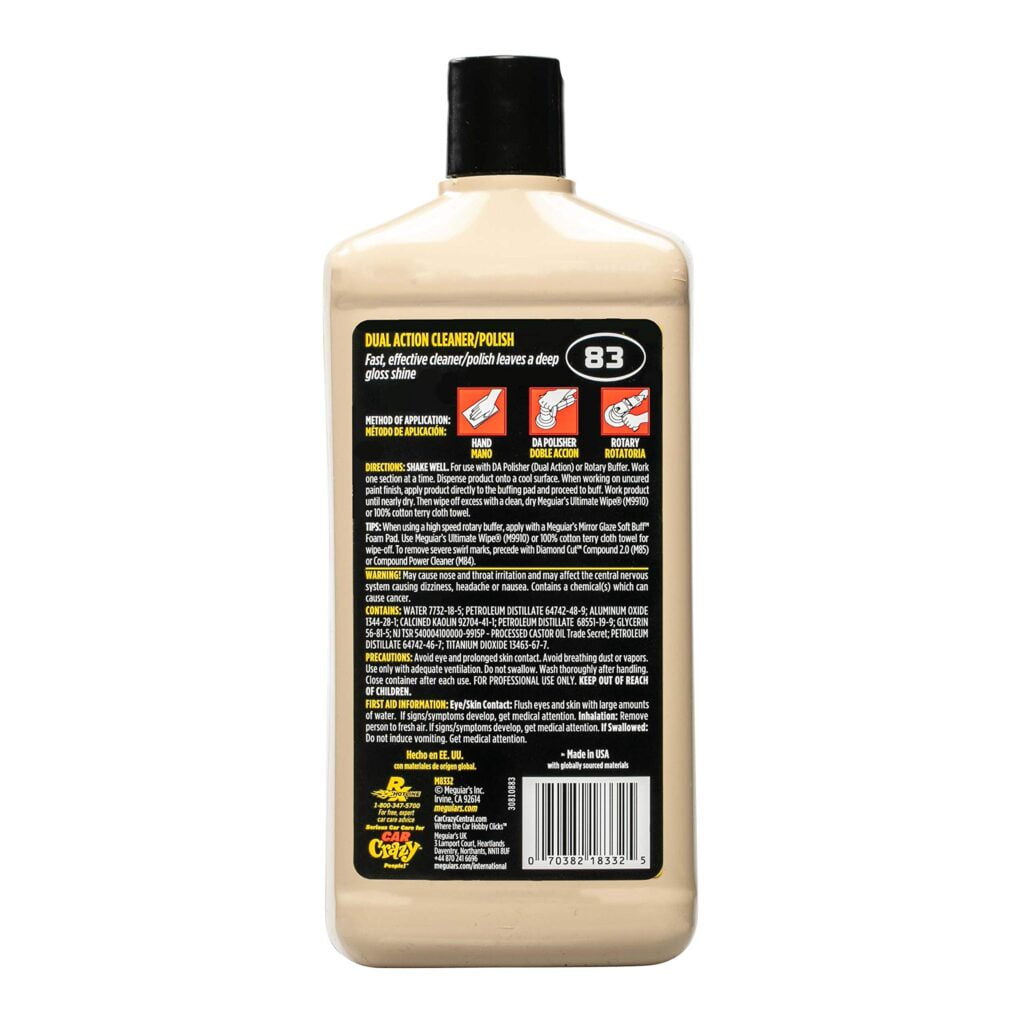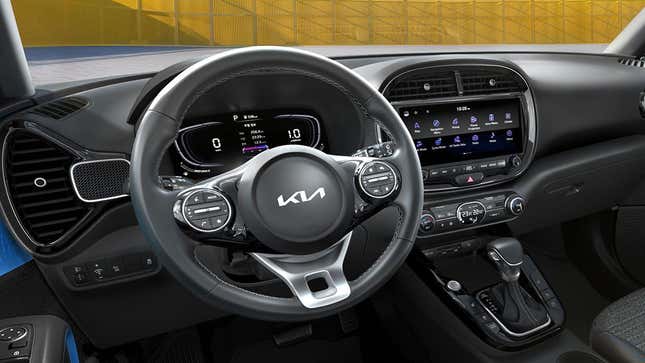Fuel Efficiency Tips for Cars: Maximize Mileage with these Expert Hacks
Fuel efficiency tips for cars can help you save money and reduce your environmental impact. With a few simple changes in driving habits and regular vehicle maintenance, you can improve your car’s gas mileage and make the most out of every tank of fuel. We will discuss some practical tips to increase fuel efficiency, including proper tire inflation, avoiding excessive idling, and using cruise control on highways. By implementing these tips, you can enjoy a smoother and more fuel-efficient drive while also contributing to a greener and more sustainable future. Credit: www.edmunds.com Understanding Fuel Efficiency Discover valuable fuel efficiency tips for cars and optimize your vehicle’s performance. Maximize fuel economy by implementing these simple techniques and save money at the pump. Importance Of Fuel Efficiency In Saving Money And Reducing Environmental Impact Understanding fuel efficiency is crucial for car owners, as it directly affects both their wallet and the environment. By maximizing fuel efficiency, you can save a significant amount of money on fuel costs, while also minimizing the emissions that contribute to climate change and air pollution. In this section, we will explore the importance of fuel efficiency in terms of cost savings and environmental benefits. Factors That Affect Fuel Efficiency: Driving Habits, Vehicle Maintenance, And Technology Advancements Various factors play a role in determining a vehicle’s fuel efficiency. By understanding and optimizing these factors, drivers can enhance their car’s mileage and reduce their overall fuel consumption. Let’s delve into the three key factors that influence fuel efficiency: Driving habits Your driving habits have a significant impact on fuel efficiency. Aggressive driving, such as rapid acceleration, hard braking, and speeding, can cause your car to consume more fuel. On the other hand, adopting a smoother driving style by maintaining a steady speed and gradually accelerating and decelerating can improve fuel economy. By being mindful of these habits, you can save money and reduce your carbon footprint with every mile you drive. Vehicle maintenance A well-maintained vehicle tends to have better fuel efficiency. Regular maintenance tasks such as keeping the tires properly inflated, changing air filters, and tuning the engine can significantly impact how efficiently your car uses fuel. Ignoring these maintenance aspects can result in reduced performance and increased fuel consumption. By staying on top of your vehicle’s maintenance schedule, you not only improve fuel efficiency but also extend your car’s longevity. Technology advancements Rapid advancements in automotive technology are continually improving fuel efficiency in modern cars. From hybrid and electric vehicles to advanced fuel injection systems and lighter materials, these technological enhancements are revolutionizing the automotive industry. Embracing these innovations can offer substantial fuel savings and significantly reduce your carbon footprint. If you’re in the market for a new car, consider vehicles equipped with the latest fuel-efficient technologies to maximize your savings at the pump. By being aware of the importance of fuel efficiency in terms of cost savings and environmental impact, and understanding the factors that influence fuel efficiency such as driving habits, vehicle maintenance, and technology advancements, you can make informed decisions to optimize your car’s fuel economy. In the following sections, we will explore practical fuel efficiency tips and tricks that you can implement to start driving smarter and greener. Efficient Driving Techniques Efficient driving techniques can significantly improve fuel efficiency and help you save money at the pump. By implementing these simple practices, you can reduce your car’s fuel consumption and minimize your carbon footprint. In this article, we will discuss some essential strategies that can make your driving more efficient. Smooth And Steady Acceleration And Deceleration Smooth and steady acceleration and deceleration can contribute to fuel efficiency by preventing unnecessary fuel consumption. When you accelerate harshly or brake abruptly, you waste fuel and put unnecessary strain on your vehicle’s engine. By gradually increasing and decreasing your speed, you can optimize fuel consumption and improve efficiency. Maintaining A Consistent Speed On Highways Maintaining a consistent speed on highways is an effective way to improve fuel efficiency. When you drive at a steady pace, your engine operates at its optimal level, resulting in reduced fuel consumption. Avoid unnecessary lane changes or sudden speed fluctuations, as these actions can increase drag and negatively impact your car’s fuel efficiency. Anticipating Traffic Conditions And Using Coasting Techniques Anticipating traffic conditions and utilizing coasting techniques can help you maximize fuel efficiency. By keeping a close eye on the road ahead, you can identify situations where you may need to slow down or come to a stop. By releasing the gas pedal early and allowing your vehicle to gradually decelerate, you can avoid unnecessary braking and save fuel. Additionally, when approaching a downhill slope, you can take advantage of gravity by coasting without applying gas or braking, improving fuel efficiency further. Avoiding Unnecessary Idling Avoiding unnecessary idling is crucial to conserve fuel. If you anticipate being stationary for more than a minute, it is advisable to turn off your engine. Idling for prolonged periods wastes precious fuel and contributes to needless emissions. By adopting this simple habit, you can significantly reduce your vehicle’s fuel consumption and minimize your environmental impact. Driving Techniques Impact on Fuel Efficiency Smooth and steady acceleration and deceleration Positive impact Maintaining a consistent speed on highways Positive impact Anticipating traffic conditions and using coasting techniques Positive impact Avoiding unnecessary idling Positive impact By following these efficient driving techniques, you can improve your fuel efficiency, save money, and contribute to a cleaner environment. Incorporate these practices into your daily driving routine and watch as your fuel consumption decreases. Vehicle Maintenance Tips Proper vehicle maintenance is essential to ensuring fuel efficiency and overall performance of your car. By following these vehicle maintenance tips, you can maximize your car’s fuel efficiency and save money at the pump. Regularly Check And Replace Air Filters A clogged or dirty air filter can negatively impact your car’s fuel efficiency by restricting airflow to the engine. Regularly checking and replacing air filters is a simple yet effective way to improve fuel economy.
Fuel Efficiency Tips for Cars: Maximize Mileage with these Expert Hacks Read More »





